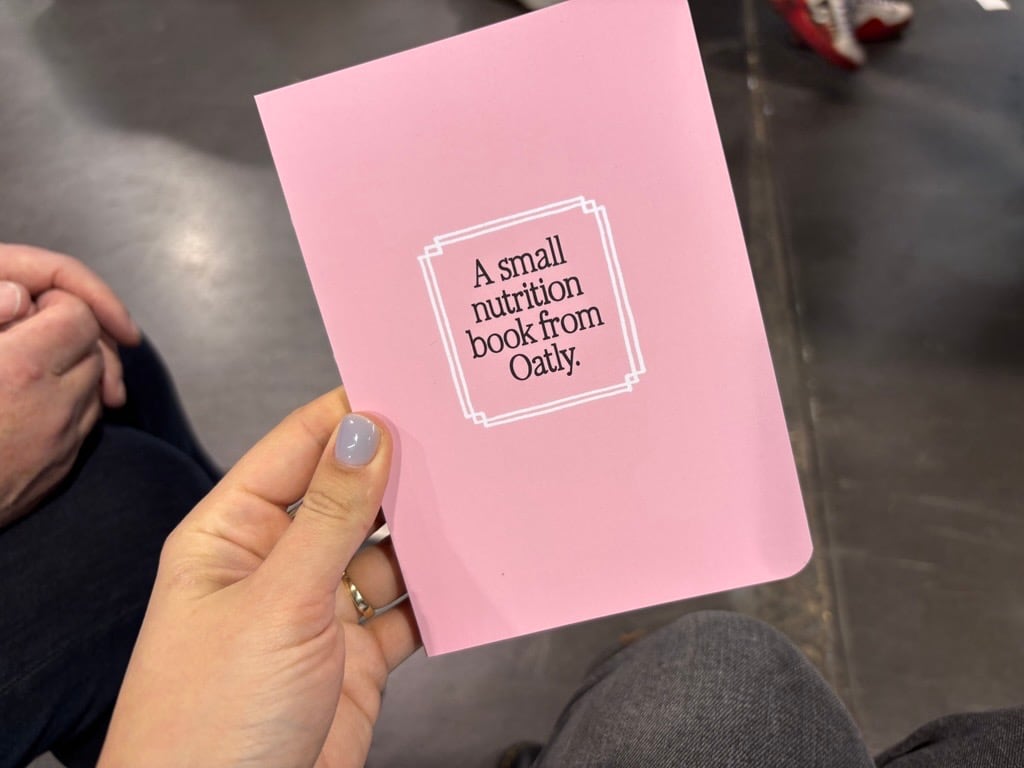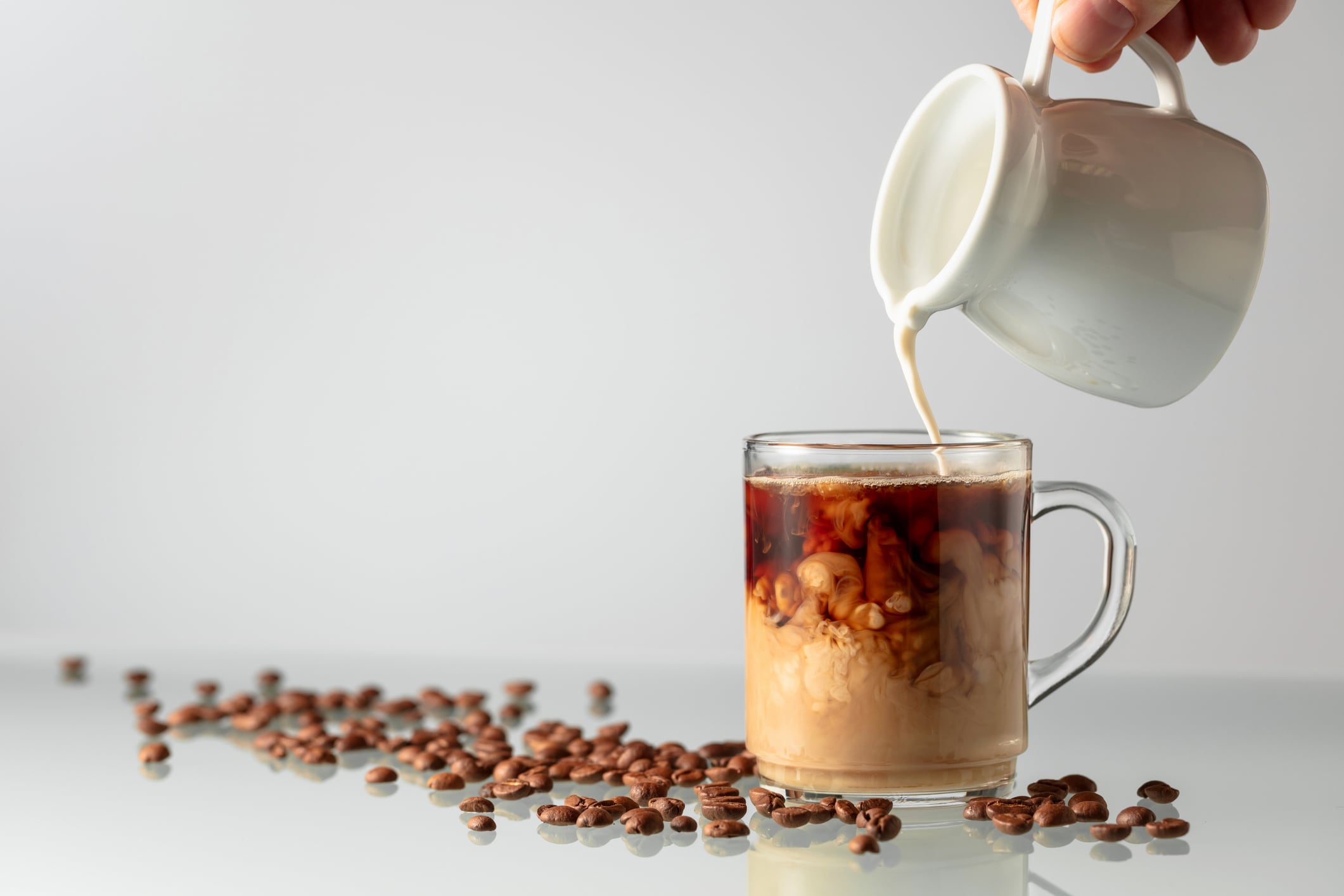Creating exclusive or limited-time offering when key crop production is low, can help coffee brands maintain supply consistency and consumer expectations.
Coffee prices are improving in the commodities market, hitting its lowest since Dec. 3, driven by more rainfall in Brazil, per Trading Economics data. However, companies are navigating their business with more agility and foresight to ensure their prices and quality are consistent for retailers and consumers.
Strong retailer partnerships and transparency around timing, costs and market conditions are critical to staying aligned and responsive, brands explained during the Summer Fancy Food Show in New York City.
Copper Moon Coffee: Transparency with suppliers is key
Copper Moon Coffee maintains strong relationships with suppliers through transparent communication to ensure that everyone is informed “and when things get tough, it is not a shock,” explained Nick Thompson, VP of sales and marketing, Copper Moon Coffee.
Consistent communication with buyers is “the tool I found to be the most useful. Providing transparency on where the market is keeps everyone on the same page” he said.
Copper Moon Coffee sources from 17 countries around the world including Brazil, Colombia, Ethiopia, Peru and Honduras.
While current production is low, Thompson advises, “not to get too excited and buy a bunch too far ahead,” citing that many companies are practicing patience with the market.
For example, if the company works with a larger retailer on a national opportunity, it is important to understand volume expectations in advance, Thompson said. While the company has already purchased coffee for the year based on current forecasts, sudden large orders (e.g. over a million pounds in three weeks) would be impossible without disrupting supply to its other customers.
Golden Valley Farms: ‘Look at ways that we could be more efficient’
Golden Valley Farms also faced significant supply chain challenges due to market volatility, port delays and tariffs, leading to a shortage of coffee over the last year.
The company sources from 13 countries, primarily Colombia and Peru, and have absorbed some of the costs by improving logistics and packaging efficiency.
Despite a 100% increase in coffee costs in April, the company only raised prices by 13% for its retail coffee bags, which range between $11.99 and $13.99, depending on the retailer, explained Michael Baldassarre, VP of operations at Golden Valley Garms.
“We did our best to absorb as much as we could, and look at ways that we could be more efficient and effective and not pass that all along to the consumer and our partner,” which includes improving ways of handling logistics, packaging and buying “smarter,” Baldassare said.
While RTD coffee continues to be popular among consumers, Golden Valley opted to develop cold brew pouches that are about 50% less expensive to ship compared to RTD – and a 60-day refrigerated shelf life when brewed which is a “great markup for customers,” he added.
Seattle Strong: High commodity prices and a Nestlé legal battle
Seattle-based nitro brew brand Seattle Strong, emphasizes that its direct relationships with producers in Mexico, Costa Rica and Colombia has helped the brand navigate high coffee costs – although it has absorbed most of the impact to maintain prices on shelves, explained Seattle Strong’s Founder Evan Oefflein.
For its cans, Seattle Strong uses 99% post-consumer recycled aluminum sourced domestically, and the company has not seen a significant rise in costs.
The brand not only has high commodity prices to contend with but a legal battle against Nestlé. The CPG conglomerate filed a legal petition against Seattle Strong to cancel its trademark, claiming that it infringes on its own brand rights for Seattle’s Best.
In a statement last month, Seattle Strong describes the scenario as a “modern-day David vs. Goliath battle brewing in the heart of the coffee capital.” The company launched a GoFundMe campaign to help pay the legal fees.
“Both of us, Seattle’s Best and Seattle Strong, had to earn our trademarks with acquired distinctiveness, which means five years of use in commerce and earning that distinctiveness for what could be considered generic terms and names, like locations,” Oefflein said.



